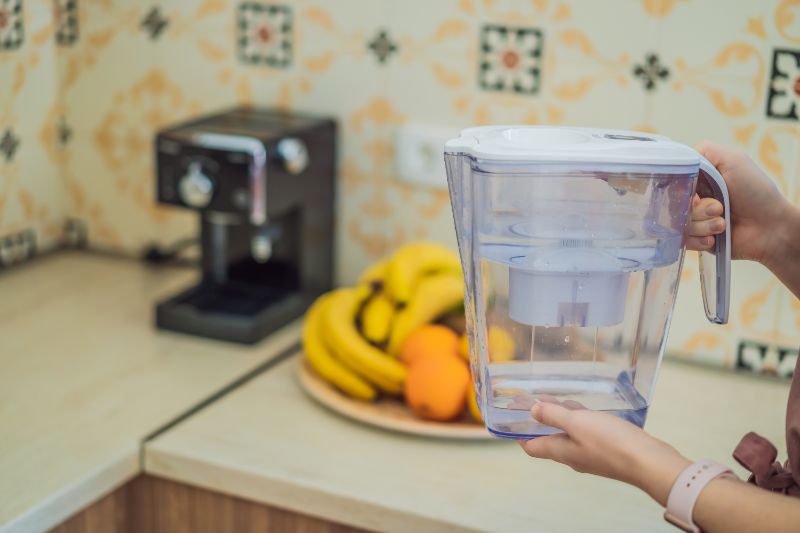How Water Softeners Operate?
Softening water is a process that removes hardness and minerals from a water supply. This is done by an ion exchange process. Typically, a water softener will use common salt in a solution to dissolve calcium and magnesium ions. These ions are positive charges. Sodium, on the other hand, is a negative charge.
(Searching in Google “McGowan Reverse Osmosis“? Contact us today!)

The process begins when water is drawn into a softener’s head valve. In some cases, an electric timer or computer is used to regulate the flow of the water. Alternatively, it can be manually started. A regeneration cycle is also used to flush out the remaining magnesium and calcium.
When the water is pumped into the softener, it is passed through the resin beads. Unlike traditional bar magnets, which have negative ends, these plastic beads have a positive electric charge. Therefore, they attract and repel each other. Calcium and magnesium ions are positively charged, while sodium ions are negatively charged.
Once the water passes through the resin, it is sent through a valve and into a collector. Some water softeners use a computer, which can be programmed to monitor the water’s usage and regeneration schedule. Others have a mechanical water meter. It is up to the user to set the correct hardness level for the water. Generally, the higher the number of occupants, the higher the capacity of the water softener.
The water flows through a filter filled with spherical resin beads. During this process, the ion exchange process breaks down the salt into sodium ions. After the water leaves the system, it is treated by a rinsing cycle, which takes excess salt and hardness out of the water.
Usually, the amount of sodium added by a water softener is very small. It is less than the FDA’s standard for “very low sodium”. However, in some cases, it is possible that the ion exchange process will cause sodium to precipitate out of the pipes. As a result, it is important to make sure the water is free from salt.
If you want to minimize the environmental impact, you should use a water softener that regenerates based on actual use. This means that the water softener will not need to be recharged as often. Another benefit of a water softener is that it is relatively maintenance-free.
There are two types of water softeners: an ion exchange and a salt water softener. The most commonly-used method uses the ion exchange method. It is a chemical reaction that replaces the calcium and magnesium ions with sodium ions.
The salt water softener works in a similar way, but a large tank of salt pellets is used instead of resin beads. Salty water can cause problems for crops and water tables. Additionally, it can raise the levels of sodium in municipal water treatment plants.
Depending on the type of water softener you have, you can expect to experience a range of different impacts on the environment. For example, the salty water from a water softener can raise the levels of sodium in reservoirs and ground-water tables. Chloride and other compounds can alter the reproductive rates of organisms, causing a reduction in their lifespans. Furthermore, the use of salt can damage plumbing.

